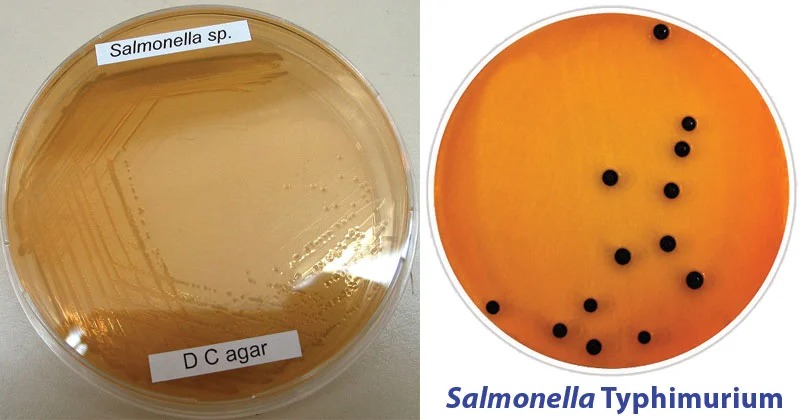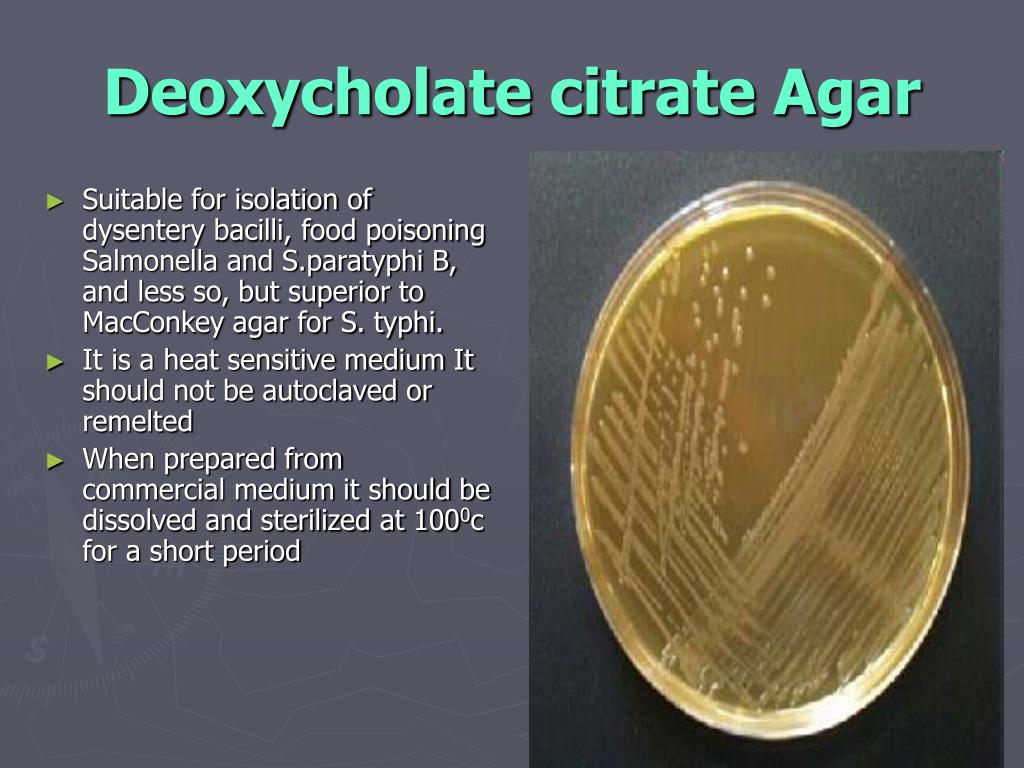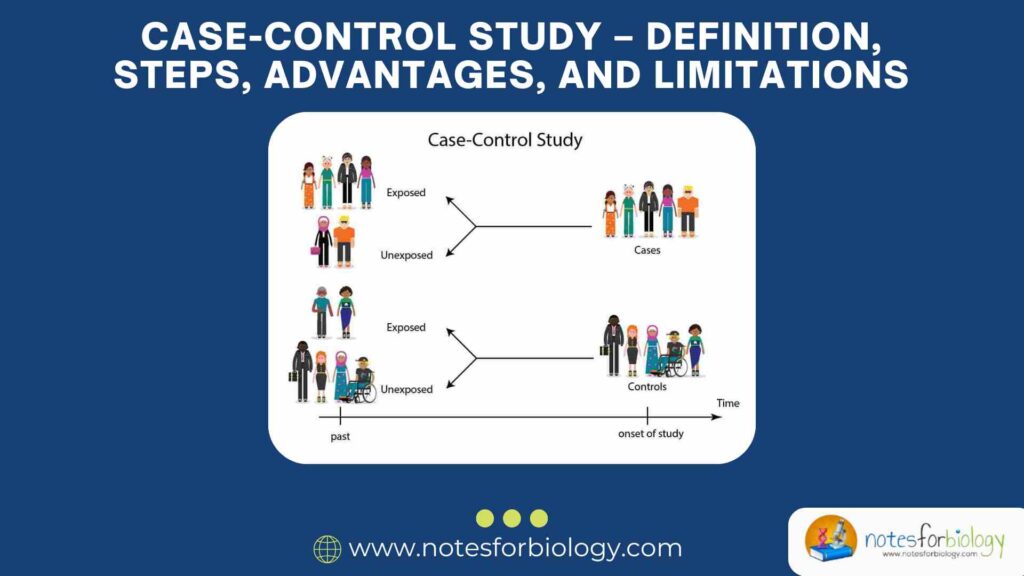Introduction
In the field of microbiology, accurate identification and isolation of pathogenic bacteria are crucial for diagnosis, treatment, and public health monitoring. One of the most valuable tools in this process is the use of selective and differential culture media. Among these, Deoxycholate Citrate Agar (DCA) stands out as a powerful medium, especially for isolating enteric pathogens like Salmonella and Shigella from clinical, food, and environmental samples. It has proven its effectiveness over the decades in countless clinical and environmental applications, helping researchers and microbiologists draw important conclusions in epidemiology and disease surveillance.
This comprehensive guide provides an in-depth understanding of Deoxycholate Citrate Agar (DCA), including its composition, principle, preparation method, results interpretation, applications, advantages, limitations, and quality control. Designed in a clear and humanized format, this content is suitable for students, laboratory professionals, and educators alike. Additionally, this content elaborates on the historical importance of DCA and includes practical insights into its evolving role in microbiology laboratories.
Table of Contents
What is Deoxycholate Citrate Agar (DCA)?
Definition
Deoxycholate Citrate Agar (DCA) is a selective and differential culture medium used for the isolation of enteric Gram-negative bacteria, particularly the pathogenic members of the Enterobacteriaceae family such as Salmonella and Shigella.

It was formulated by Leifson to provide a balance between selective inhibition of non-pathogenic coliforms and growth of enteric pathogens. DCA offers microbiologists a medium that not only isolates important pathogens but also suppresses the growth of background flora that can hinder diagnostic clarity.
Key Characteristics
- Selective: Inhibits Gram-positive and many Gram-negative commensals
- Differential: Differentiates lactose fermenters from non-fermenters
- Color-based identification
Composition of Deoxycholate Citrate Agar (DCA)
The composition may vary slightly depending on the manufacturer, but a standard formula per liter includes:
| Component | Quantity (g/L) | Function |
|---|---|---|
| Peptone | 10.0 | Nutrient source (nitrogen, carbon) |
| Lactose | 10.0 | Carbohydrate for fermentation test |
| Sodium deoxycholate | 5.0 | Inhibits Gram-positive bacteria |
| Sodium citrate | 8.5 | Selective agent; inhibits coliforms |
| Sodium thiosulfate | 5.4 | Detects H2S production |
| Ferric ammonium citrate | 1.0 | Reacts with H2S to form black precipitate |
| Neutral red | 0.02 | pH indicator |
| Agar | 13.5 – 15.0 | Solidifying agent |
Final pH: 7.3 ± 0.2 at 25°C
Principle of Deoxycholate Citrate Agar(DCA)
DCA is based on the principle of selective inhibition and differential fermentation, allowing the differentiation of bacteria based on their metabolic capabilities.

A. Selective Inhibition
- Sodium deoxycholate and sodium citrate inhibit the growth of:
- Gram-positive bacteria
- Many non-pathogenic coliforms like Escherichia coli
B. Differential Fermentation
- Lactose is the only fermentable sugar.
- Neutral red is a pH indicator.
- Lactose fermenters produce acid → red/pink colonies
- Non-lactose fermenters do not acidify → pale/colorless colonies
C. Hydrogen Sulfide Detection
- Some bacteria produce H2S from sodium thiosulfate.
- Ferric ammonium citrate reacts with H2S to form black precipitates in colonies (e.g., Salmonella).
Preparation of Deoxycholate Citrate Agar(DCA) Medium
Materials Required
- DCA powder (or individual components)
- Distilled water
- pH meter
- Heat source (water bath or hot plate)
- Autoclave
- Petri dishes
Preparation Steps
- Weigh 39–41 g of DCA powder per liter of distilled water.
- Dissolve the powder by heating gently with continuous stirring. Do not boil.
- Check the pH: Adjust to 7.3 ± 0.2 if necessary.
- Sterilize by autoclaving at 121°C for 15 minutes.
- Cool the medium to about 45–50°C.
- Pour into sterile Petri dishes (~20 mL per plate).
- Allow to solidify, then store at 2–8°C in sealed plastic bags or containers.
Important Notes
- Overheating may degrade selective agents and reduce performance.
- Avoid contamination by working in a sterile environment.
Inoculation and Incubation
Inoculation Methods
- Streaking for isolation from clinical samples (e.g., stool)
- Loop inoculation for enrichment broth cultures
- Direct plating for food and water testing
Incubation
- Temperature: 35–37°C
- Duration: 18–24 hours
- Environment: Aerobic conditions
Interpretation of Results
| Observation | Interpretation | Examples |
| Pink/red colonies | Lactose fermenters | E. coli, Enterobacter |
| Colorless colonies | Non-lactose fermenters | Shigella, Proteus |
| Colorless colonies with black center | H2S-producing non-lactose fermenters | Salmonella |
| No growth | Gram-positive organisms inhibited | Staphylococcus, Streptococcus |
Example Organisms and Reactions
| Organism | Lactose Fermentation | H2S Production | Colony Appearance |
| Escherichia coli | + | – | Pink to red colonies |
| Salmonella enterica | – | + | Colorless with black centers |
| Shigella spp. | – | – | Colorless colonies |
| Enterobacter aerogenes | + | – | Pink colonies |
| Proteus mirabilis | – | + | Pale with black centers |
Uses and Applications

A. Clinical Microbiology
- Isolation of enteric pathogens (Salmonella, Shigella) from stool samples
- Screening for foodborne illnesses
B. Food Industry
- Detecting pathogenic bacteria in milk, meat, poultry, and water
- Monitoring contamination in food processing environments
C. Environmental Microbiology
- Surveillance of water sources for fecal contamination
- Testing sewage or effluents for enteric pathogens
D. Public Health
- Used in outbreak investigations for typhoid fever, dysentery, etc.
- Identifying carriers in epidemiological studies
Advantages of DCA
- Highly selective: Effectively inhibits Gram-positive flora.
- Differential: Easy to distinguish lactose fermenters from non-fermenters.
- H2S indicator: Detects Salmonella by black-centered colonies.
- Easy to prepare: Readily available and easy to pour.
- Cost-effective: Economical option for routine screening.
Limitations of DCA
- Inhibits some strains of Salmonella: Overly selective for some serotypes.
- Cannot distinguish Shigella from other non-fermenters: Needs confirmatory tests.
- Growth of Proteus spp.: Can obscure nearby colonies due to swarming.
- Short shelf life: Plates must be stored properly and used within recommended time.
- Not suitable for anaerobic bacteria: Only aerobic organisms can grow.
Quality Control for Deoxycholate Citrate Agar(DCA)
Before using DCA in diagnostic work, it’s important to validate its performance.
Quality Control Strains
- Escherichia coli (ATCC 25922): Growth, pink colonies
- Salmonella Typhimurium (ATCC 14028): Growth, colorless with black centers
- Shigella flexneri (ATCC 12022): Growth, colorless colonies
- Staphylococcus aureus (ATCC 25923): No growth (inhibited)
Parameters Checked
- Sterility of plates
- pH balance
- Color and texture of media
- Colony morphology as expected
Storage and Shelf Life
- Store prepared plates at 2–8°C in the dark
- Use within 2–4 weeks
- Avoid dehydration or contamination
- Protect from direct light, which can degrade dyes and media components
DCA vs Other Selective Media
| Feature | DCA | XLD Agar | MacConkey Agar |
| Selective for | Salmonella, Shigella | Salmonella, Shigella | Gram-negative bacilli |
| Lactose indicator | Yes | Yes (also Xylose) | Yes |
| H2S detection | Yes | Yes | No |
| Gram-positive inhibition | Strong | Moderate | Moderate |
| Common use | Stool and food pathogens | Stool pathogens | General Gram-negative screening |
Modifications and Variants
Some laboratories use modified versions for specific needs:
- DCA with sorbitol: For isolation of E. coli O157:H7
- Chromogenic DCA: Enhanced differentiation using color reactions
- DCA slants: Used in tube formats for biochemical profiling
Conclusion
Deoxycholate Citrate Agar (DCA) is a cornerstone medium in microbiology laboratories for isolating and identifying pathogenic enteric bacteria, especially Salmonella and Shigella. By combining selective agents and differential indicators, DCA enables microbiologists to quickly screen and distinguish harmful organisms from normal flora. It continues to be an essential tool not just in diagnostic labs but also in academic research, environmental analysis, and food safety testing.
However, while it is powerful, DCA should be used in conjunction with confirmatory biochemical, serological, or molecular tests to achieve accurate identification. Understanding its composition, working principle, and appropriate usage is essential for effective laboratory diagnostics in clinical, food, and environmental settings. As microbiology continues to advance, DCA will remain a foundational tool in pathogen surveillance and microbiological diagnostics.
FREQUENTLY ASKED QUESTIONS
What is the main purpose of using DCA?
To isolate and differentiate enteric Gram-negative pathogens like Salmonella and Shigella.
What makes DCA selective?
The presence of sodium deoxycholate and citrate, which inhibit the growth of Gram-positive and many commensal Gram-negative bacteria.
Can DCA be used for all bacteria?
No, it is specifically designed for enteric Gram-negative bacteria and inhibits others.
Related Articles




